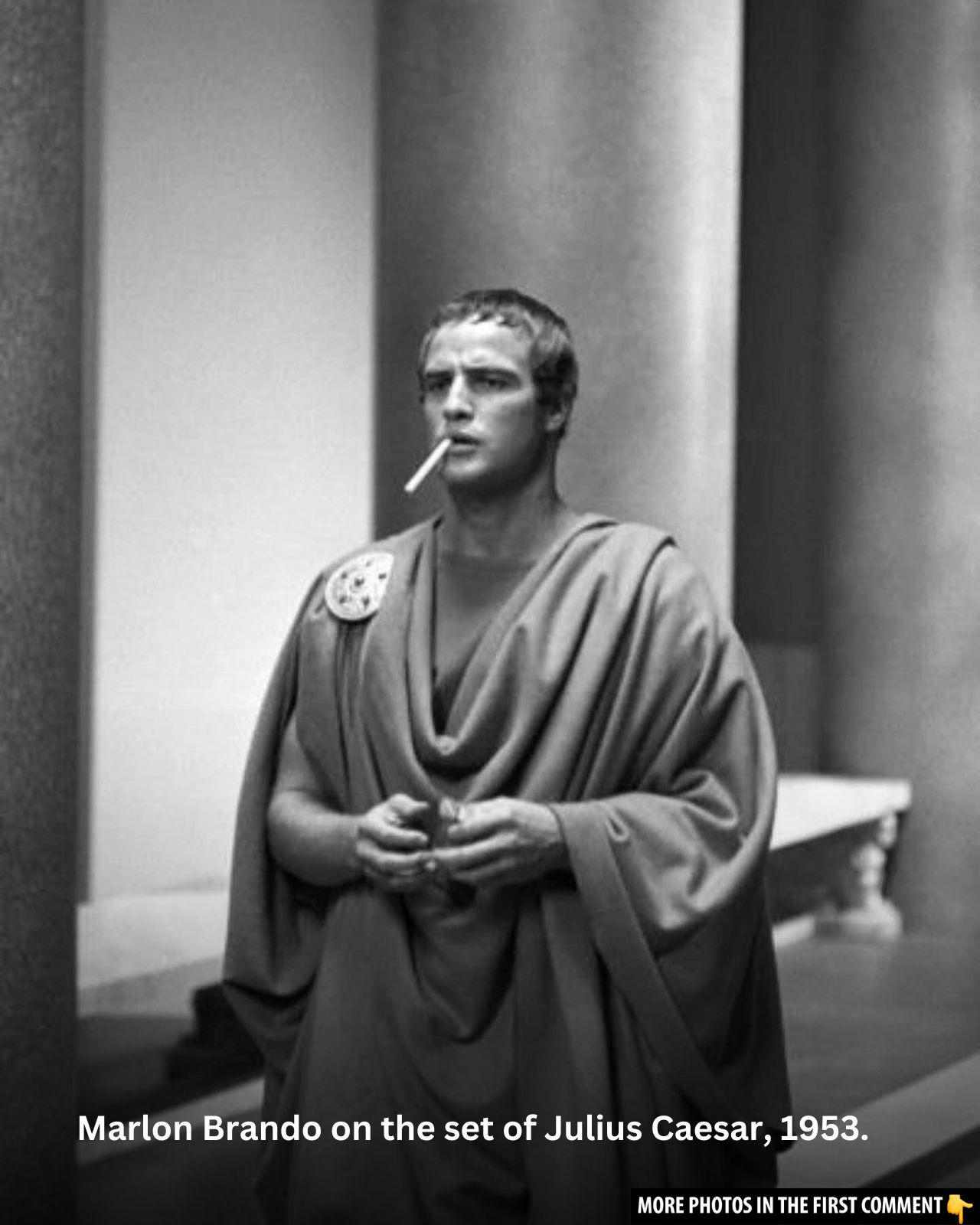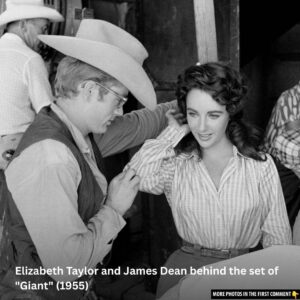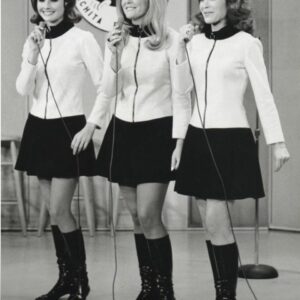Marlon Brando, one of Hollywood’s most celebrated actors, is often regarded as a revolutionary force in cinema. His method of acting and complex portrayals made him a household name, but one of his most iconic performances remains his role as Mark Antony in the 1953 film Julius Caesar. Brando’s casting as the famous Roman figure was met with skepticism due to his reputation as “The Mumbler” after his groundbreaking performance in A Streetcar Named Desire (1951). However, his portrayal of Mark Antony not only silenced critics but also set a new standard for dramatic performances in film. This iconic role helped Brando rise to legendary status, making his mark on both classic film and TV.
The Controversy of Brando’s Casting as Mark Antony
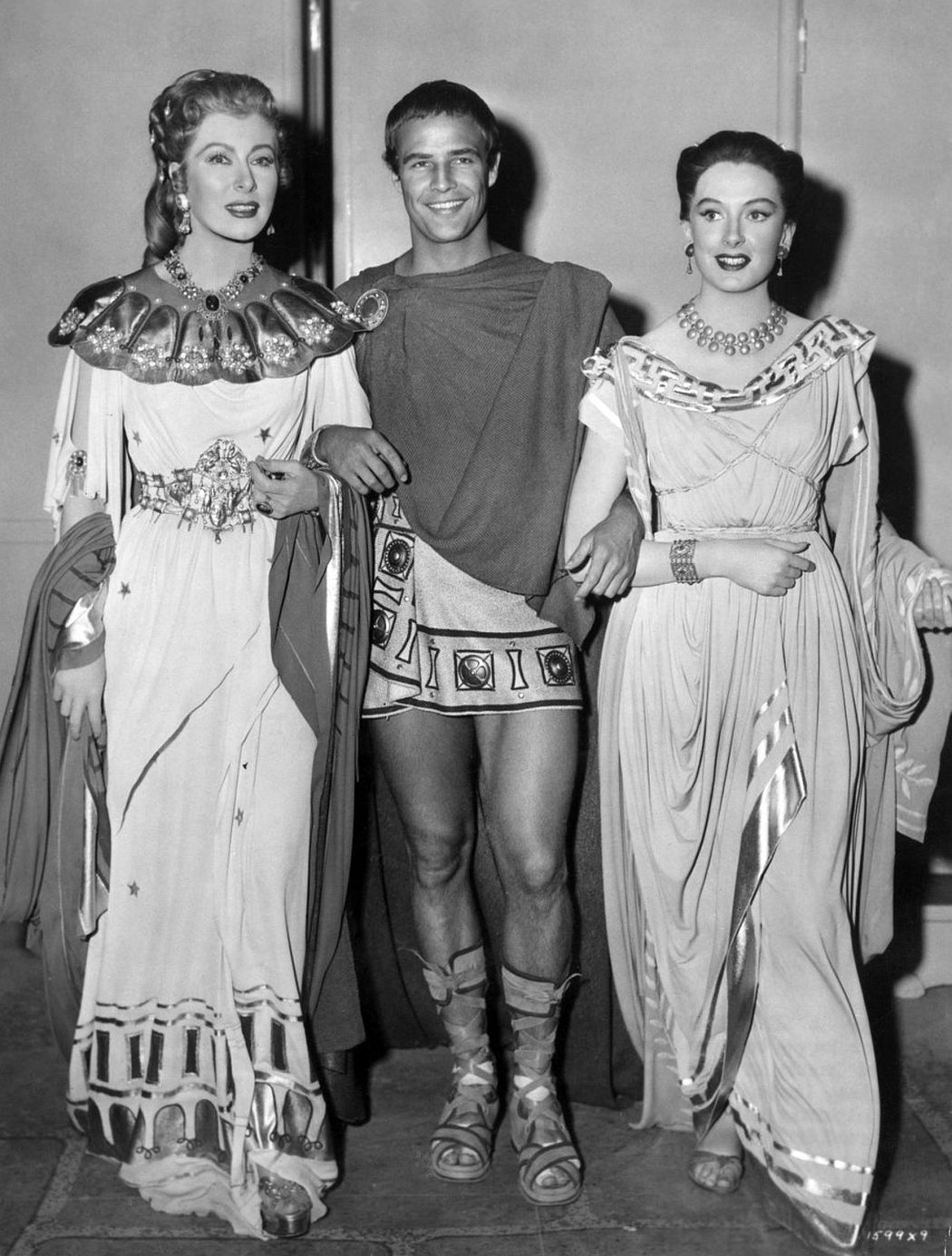
When Brando was initially cast as Mark Antony, many questioned whether he was the right choice for the role. The actor’s performance in A Streetcar Named Desire had earned him the moniker “The Mumbler” due to his distinctive delivery. Critics and industry professionals wondered whether Brando’s voice would be suitable for a role in a Shakespearean play, and doubts about his ability to command such a grand character arose. Even director Joseph L. Mankiewicz considered casting Paul Scofield if Brando’s screen test failed. But Brando’s deep commitment to the role changed everything.
Video
Watch the video of Marlon Brando’s iconic Mark Antony’s forum speech from Julius Caesar (1953).
Marlon Brando’s Preparation for the Role

Brando did not shy away from the challenge. Determined to meet the demands of Shakespeare’s language, he sought the guidance of the renowned stage actor and director John Gielgud. Gielgud, known for his impeccable delivery of Shakespeare’s work, provided Brando with advice on diction and how to navigate the intricacies of the text. Brando took Gielgud’s suggestions to heart, working tirelessly to refine his speech and presentation. The results were nothing short of impressive. Brando’s dedication and willingness to learn paid off, and he soon transformed his “mumbler” persona into a powerful, eloquent force that resonated with audiences.

Brando’s Performance: Critical Reception and Achievements
When Julius Caesar was released, Brando’s performance was met with rave reviews. The New York Times praised his diction, noting that his once-muddled delivery had evolved into something clear and precise. In fact, his performance in Julius Caesar was seen as a turning point in his career. As the newspaper stated, “Happily, Mr. Brando’s diction, which has been guttural and slurred in previous films, is clear and precise in this instance.” This moment marked the emergence of a major talent in the film industry. The new clarity in Brando’s delivery of Shakespeare’s text revealed a depth of talent that went beyond his previous roles.
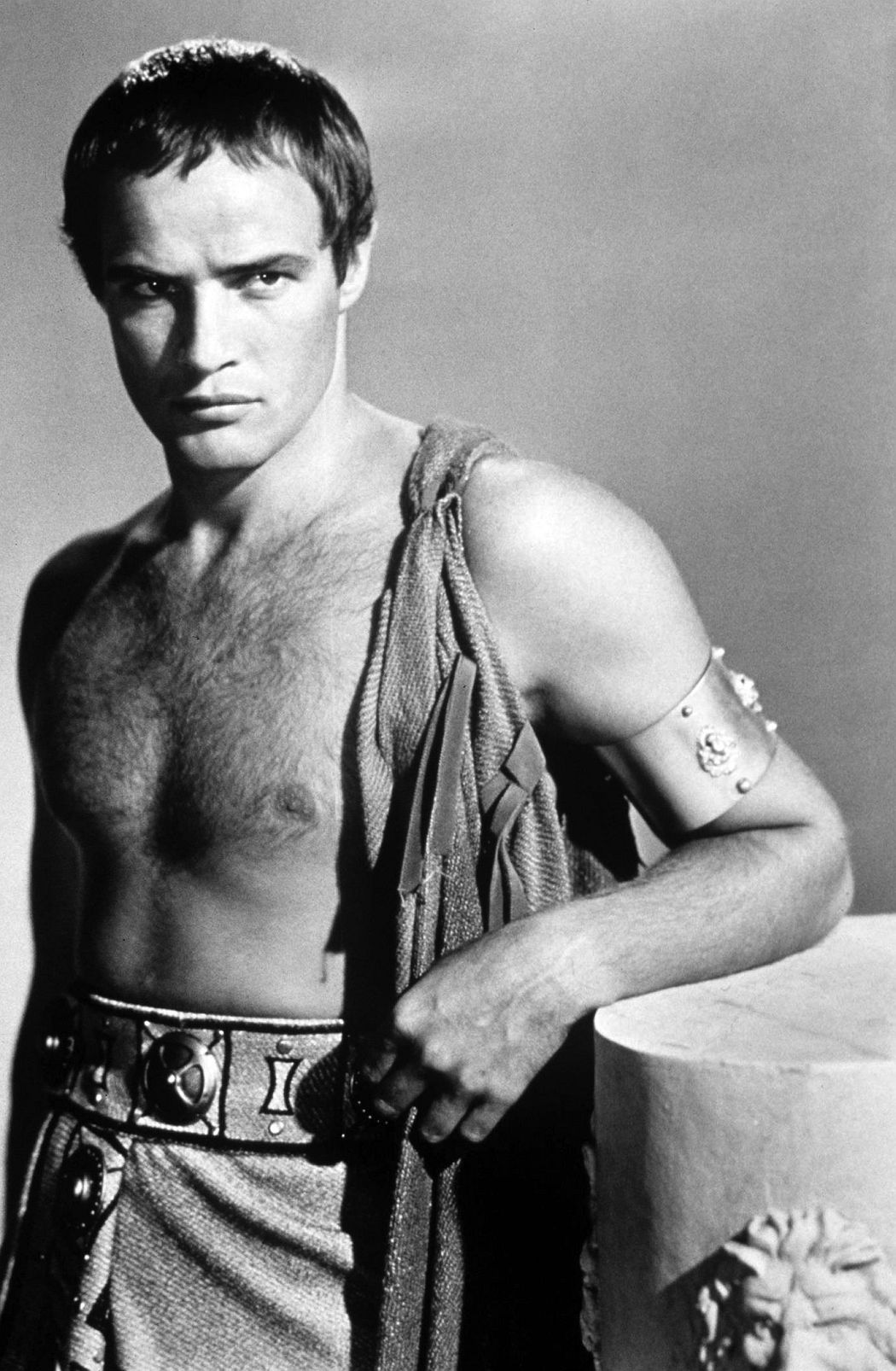
Brando’s portrayal of Mark Antony was not only an exercise in mastery over Shakespeare’s language but also a demonstration of his ability to transform into any character, regardless of his previous performances. His dedication to the role was seen as a breakthrough for him, shifting perceptions of his acting capabilities.
Behind-the-Scenes Tensions and Feuds
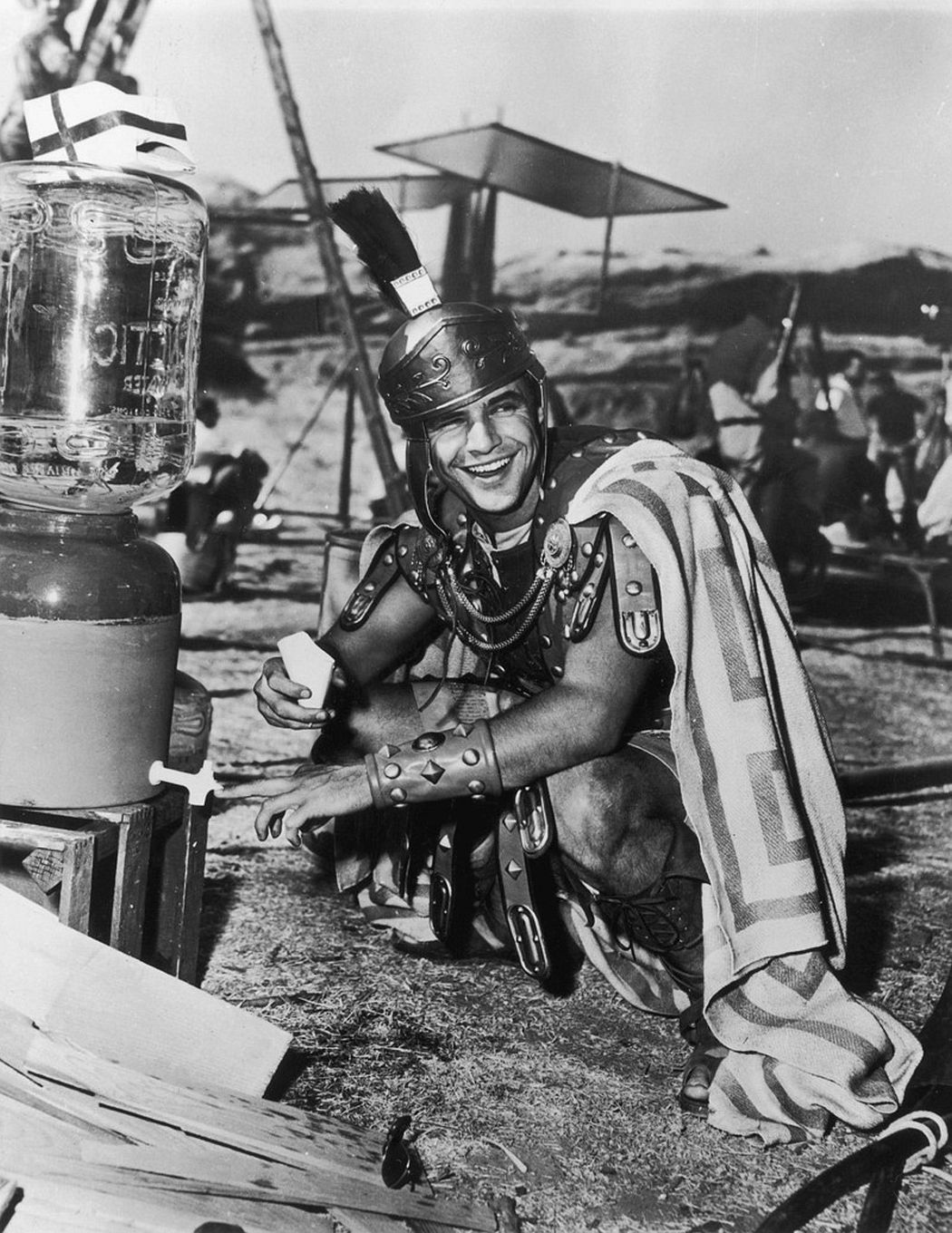
While Brando’s performance was critically acclaimed, the production was not without its share of tension. During filming, Brando’s captivating portrayal of Mark Antony created friction with fellow actor James Mason, who portrayed Brutus. Mason became concerned that Brando’s screen presence was overshadowing his own performance. Mason, frustrated by what he saw as Brando dominating the narrative, appealed to director Mankiewicz to shift the focus back to his character.
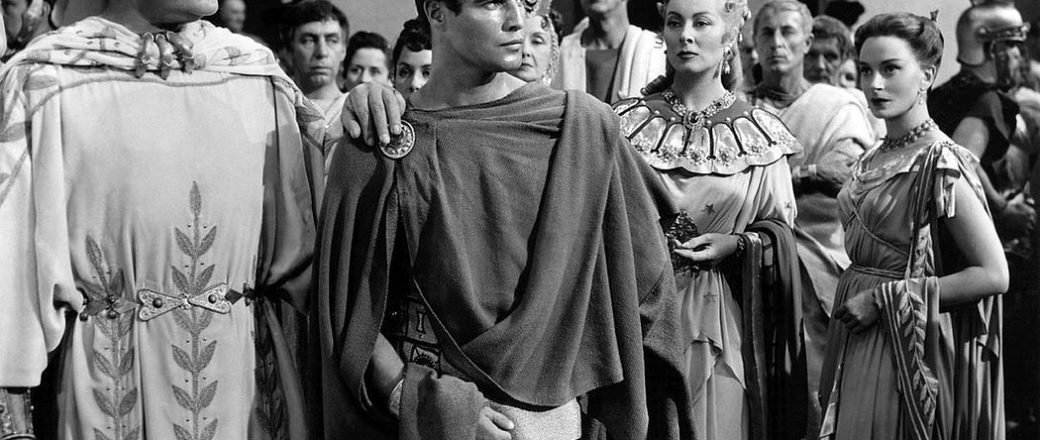
Mankiewicz, a man known for his diplomatic handling of difficult situations, managed to address the issue without derailing the production. Despite Mason’s concerns, Brando remained dedicated to his performance, even threatening to walk off the film if he felt the focus was taken away from him. The tension between the two actors may have caused some friction on set, but it didn’t halt production. Mankiewicz’s tactful management kept the peace and ensured that the film’s progress was unaffected by the actors’ disputes.
The Mark Antony Moment: Iconic Scene and Its Lasting Impact
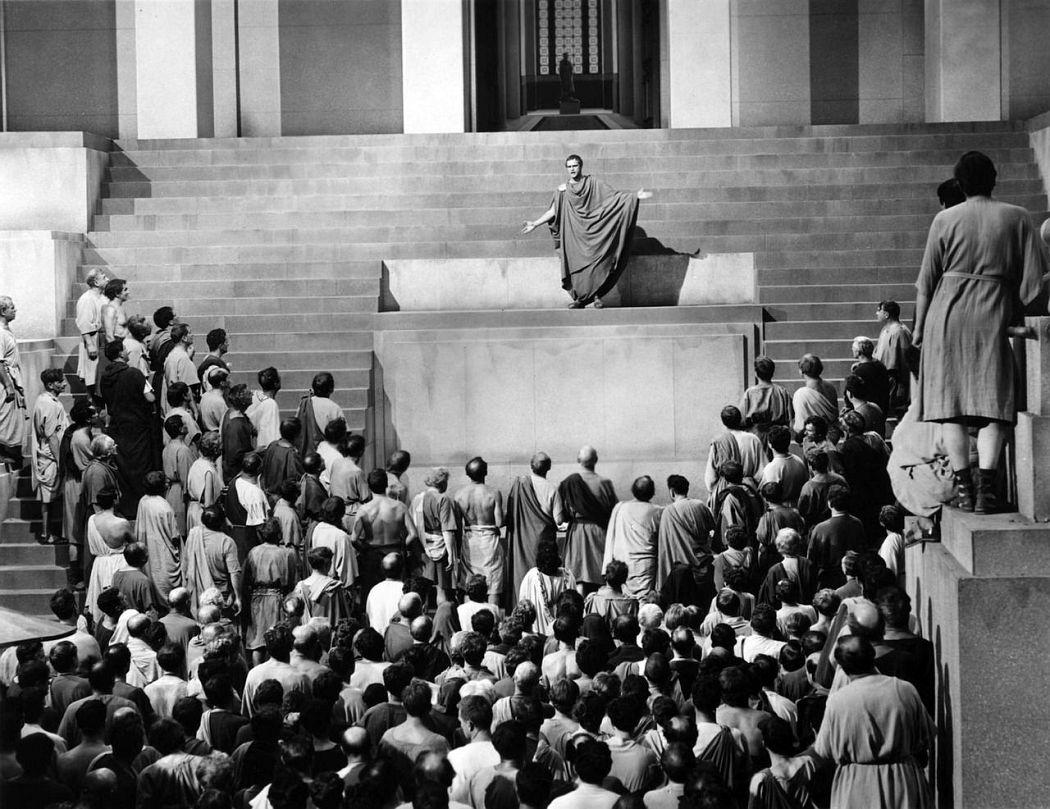
The culmination of Brando’s performance in Julius Caesar is perhaps most evident in the iconic “Friends, Romans, countrymen” speech, which remains one of the most memorable moments in cinematic history. This scene showcased Brando’s deep understanding of his character and the weight of Shakespeare’s words. His delivery was not just a performance but a poignant reflection of the political manipulation and emotional turmoil that defined Mark Antony.
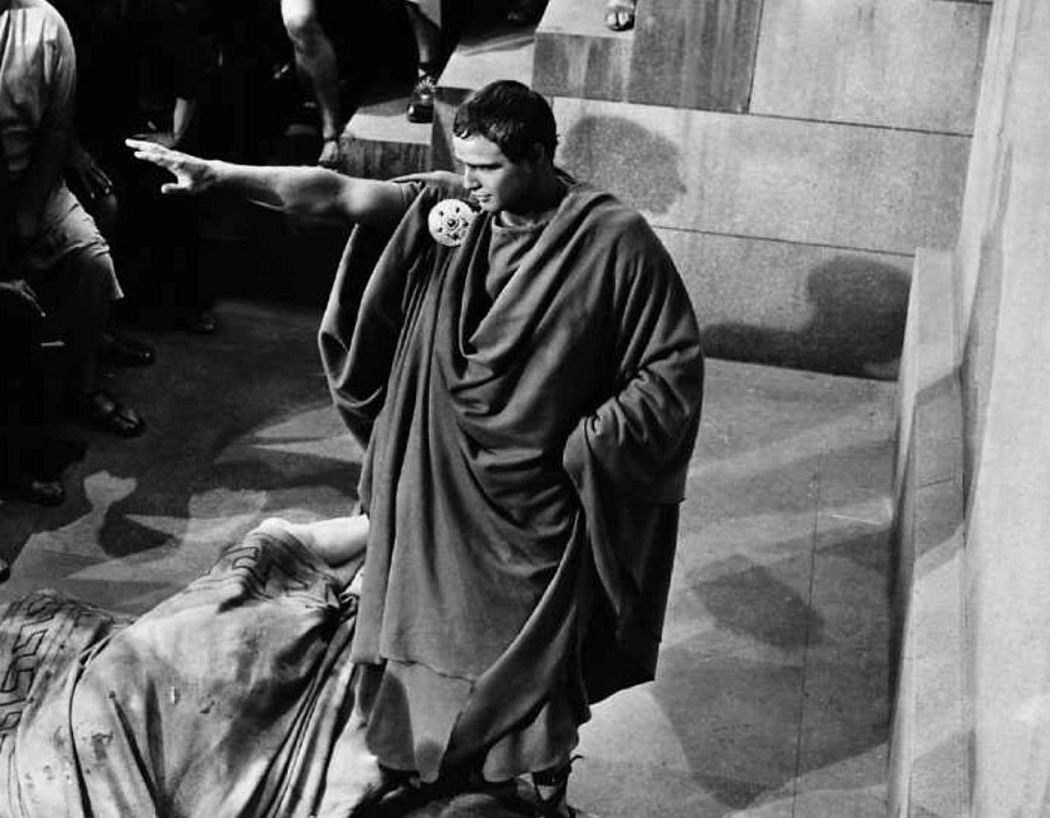
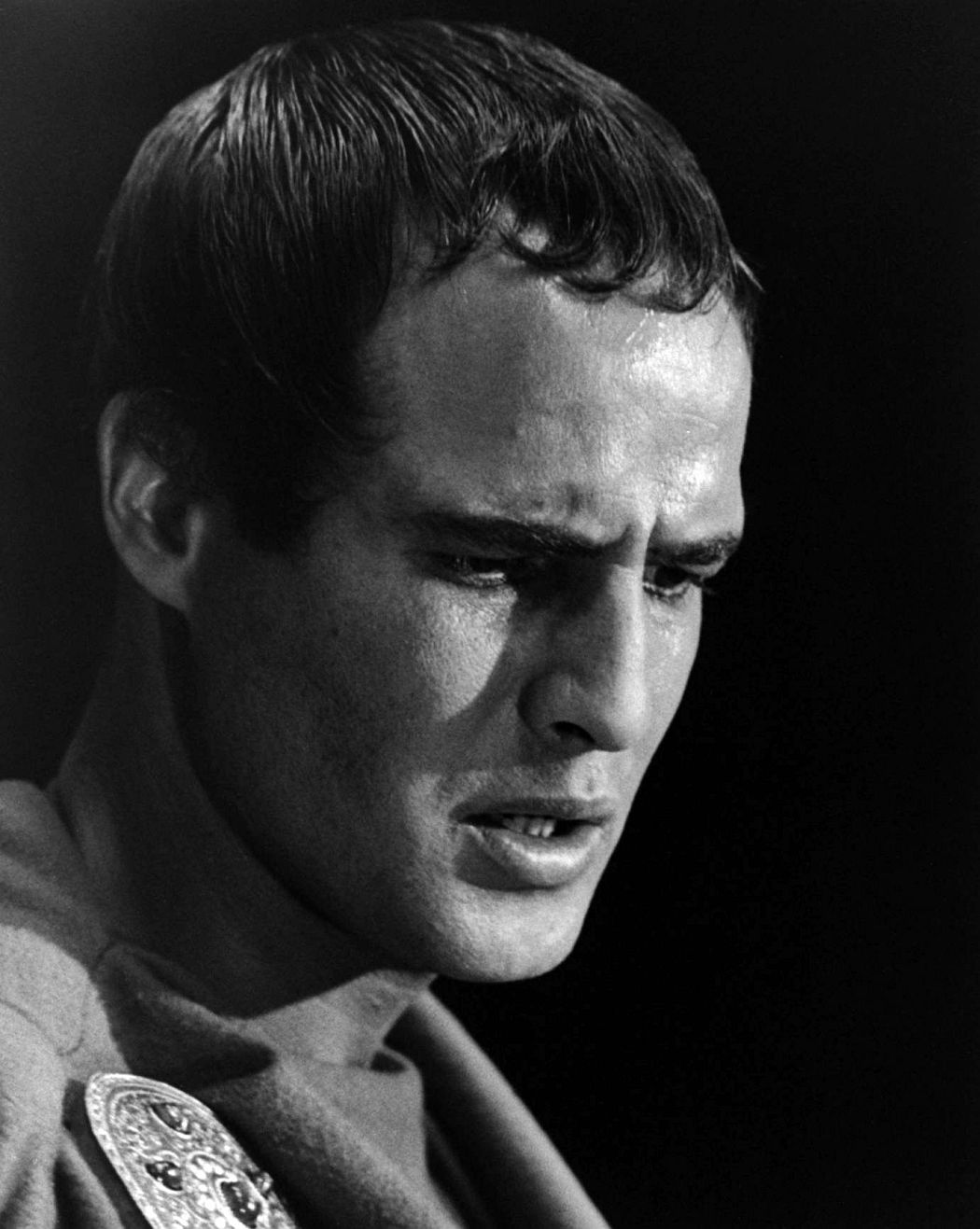
Brando’s portrayal of Mark Antony left an indelible mark on the film industry and on the character himself. His interpretation added a layer of vulnerability and complexity to a character that had often been portrayed as a larger-than-life hero. Brando’s performance revealed the emotional depth of Antony, highlighting his intelligence, passion, and cunning nature. This breakthrough performance set a new standard for how Shakespearean roles could be approached in film, influencing actors for generations to come.
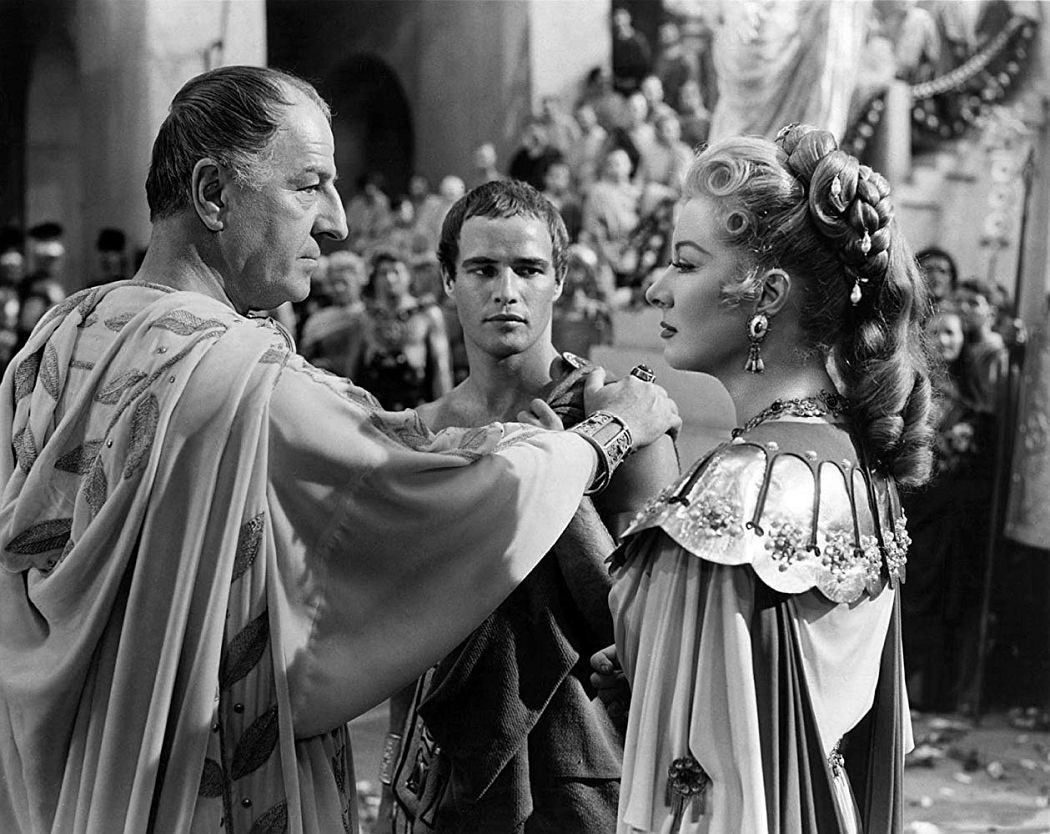
Video
Watch the HD scene from Julius Caesar (1953) featuring the iconic line, “Cry Havoc, Let slip the dogs of war!”
Conclusion: Marlon Brando’s Enduring Influence on Acting
Marlon Brando’s performance in Julius Caesar not only cemented his place in Hollywood history but also revolutionized the way actors approached roles in classic literature and historical films. His dedication, hard work, and willingness to transform as an actor became the foundation for his enduring legacy. Brando proved that no role was beyond his reach, and in doing so, he inspired a new generation of actors to push the boundaries of what was possible in film.
In the years since Julius Caesar was released, Brando’s work continues to be studied and admired. His portrayal of Mark Antony remains a defining moment in both his career and in the history of cinema. As we look back on his legacy, it’s clear that Marlon Brando’s performance in Julius Caesar (1953) is more than just a moment in time—it’s a testament to his remarkable talent and influence on the world of acting.
